Pools are a great source of fun, relaxation, and sometimes, frustration. Proper pool care is vital to maintaining a safe, clean, enjoyable swimming environment.
However, even the most diligent pool owners can make pool care mistakes.
That’s why we’ve prepared a comprehensive guide on how to avoid the most common pool care mistakes.
Whether you’re a first-time or experienced pool owner, our guide will help you navigate these common pitfalls, ensuring your pool stays crystal clear and inviting all year round.
Common Pool Care Mistakes
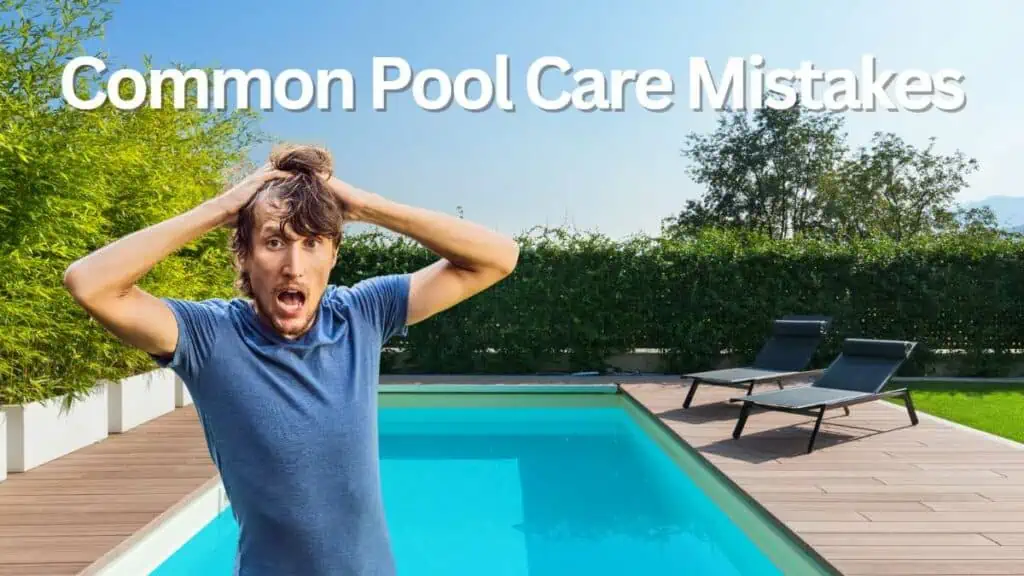
1. Running the Pool Filter for Insufficient Time
One common pool maintenance mistake is not running the pool filter for enough time.
Your pool filter is crucial in keeping your pool water clean and clear. Running the filter for too short a duration can result in cloudy or polluted water.
To avoid this, aim to run your pool filter for at least 8-10 hours each day. This will help maintain proper water circulation and effectively remove contaminants.
2. Neglecting Pool Cleaning
Another common mistake in pool care is neglecting regular pool cleaning.
Using a pool skimmer or vacuum, consistently remove debris from your pool’s surface and bottom, such as leaves and dirt. This helps prevent buildup and potential algae growth.
In addition to skimming and vacuuming, remember to clean out your pool’s strainer baskets regularly to ensure optimal water circulation.
3. Improper Pool Brushing and Scrubbing
Finally, improper pool brushing and scrubbing is another common pool maintenance mistake.
Brushing your pool’s walls and floor is essential for removing algae and buildup that can harm its finish and water quality. To properly brush your pool, use a suitable brush for its surface and scrub all areas, including corners and crevices, at least once a week.
Being vigilant with brushing and scrubbing can go a long way in keeping your pool in optimal condition.
- Use an appropriate brush for your pool’s surface
- Brush all areas of the pool, including corners and crevices
- Perform brushing and scrubbing at least once a week
By being mindful of these common pool maintenance mistakes and avoiding them, you can ensure that your pool remains clean, clear, and enjoyable for you and your family.
4. Incorrect pH and Alkalinity Levels
Maintaining proper pH and alkalinity levels is crucial to keeping your pool water healthy and clear.
An imbalance in these levels can lead to issues like algae growth, corroded pool equipment, and eye or skin irritation for swimmers.
Ideally, your pool’s pH should be between 7.4 and 7.6, and the total alkalinity between 100-150 parts per million (ppm).
To maintain the correct levels, test your water regularly and make necessary adjustments using pH increasers, decreasers, or alkalinity products.
My Top Pick
5. Overuse of Cyanuric Acid
Cyanuric acid, also known as a pool stabilizer, protects chlorine from breaking down due to sunlight exposure.
However, using too much cyanuric acid can lead to problems, such as reduced effectiveness of sanitizing chemicals and potential algae growth.
Your pool’s cyanuric acid levels should be between 30 and 50 ppm. When testing your water, measure the levels and adjust accordingly by diluting the water or adding a stabilizer.
6. Misuse of Water Clarifiers and Algaecides
While water clarifiers and algaecides can help clear up cloudiness and treat algae, misuse can exacerbate the issue.
Overdosing with clarifiers can cause the water to become too thick and difficult to filter.
Overusing algaecides can lead to the formation of a dead layer of algae, which then hampers water circulation.
Follow manufacturer guidelines on dosage and application for these products, and only use them when necessary.

7. Overloading with Chemicals
Adding too many chemicals to your pool can negatively impact water quality and cause swimmers issues such as eye and skin irritation. Testing your water regularly and adding only the necessary chemicals to balance the water chemistry is important.
It is easy to get caught up chasing perfect chemical balance figures. You add a chemical to rectify a low reading for one reading, which throws out another. So you add a chemical to cure that, and so on. Before you know it, you no longer have pool water – you have a kind of chemical soup!
Remember to follow the manufacturer’s instructions and use a pool calculator to determine the correct dosage. Always add chemicals in stages and retest.
Pool Care Handbook and Video Course
I knew nothing about pool care when I bought my house with a swimming pool. I just winged it for a while, making many mistakes.
Fortunately, I was recommended Swim University’s Pool Care Handbook and Video Course. I bought it, and it was an absolute game-changer.
It was the best money I spent that year. I learned everything from basic cleaning to advanced troubleshooting.
8. Incorrect Use of Pool Shock
Pool shock is a concentrated chlorine product that treats various issues, like algae blooms and cloudy water.
It is critical to avoid adding shock directly to the pool water. Instead, pre-dissolve the shock in a bucket of water before adding it to the pool. This method prevents damage to pool surfaces and equipment and ensures a more even distribution of the treatment.
Also, shocking a pool during the day is a mistake. The Sun will quickly cause the shock to disappear. You should shock in the evening and allow the pool pump to run overnight.
Additionally, be mindful not to over shock your pool, as it can bleach swimsuits and pool surfaces.
9. Not Properly Cleaning Pool Filters
It’s important to clean your pool filter periodically to maintain a clean pool and avoid filter system errors. A dirty filter can cause poor water circulation and make removing contaminants difficult for your pool’s filtration system.
You can clean cartridge filters by rinsing them off with a garden hose, while sand and DE filters require backwashing.
10. Too Frequent Backwashing
While backwashing is necessary to clean sand and DE filters, excessive backwashing can waste water, energy, and the filter’s efficiency. If you have a salt water pool you will also be reducing the salt concentration.
You should backwash your filter when the pressure gauge reads 5-7 PSI above the normal operating pressure.
Backwash for 2-3 minutes or until the water runs clear, then rinse for 20-30 seconds before resuming the normal filtration process.
11. Always Using a Robotic Pool Cleaner
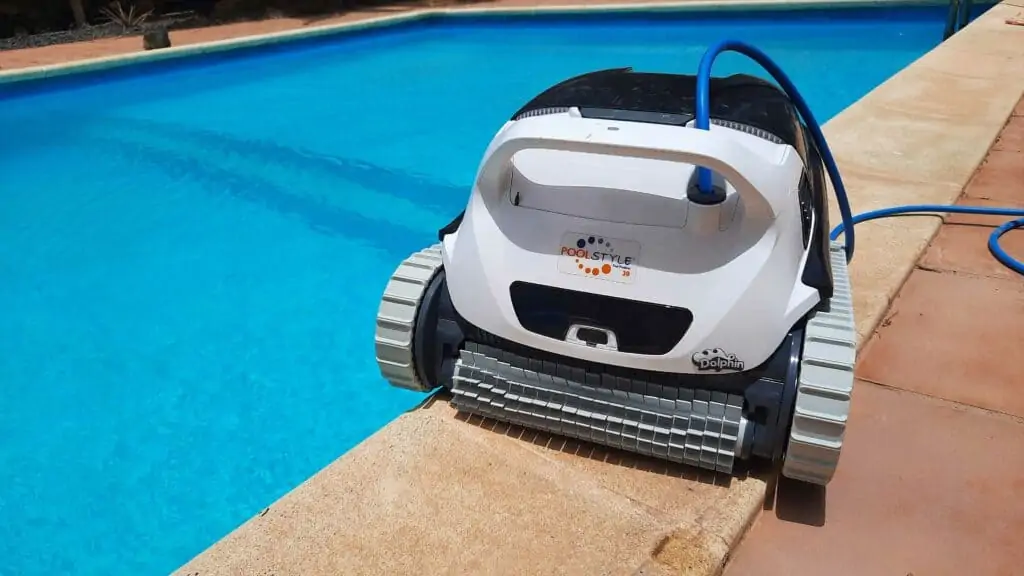
Robotic pool cleaners are a great time saver. I use mine frequently.
However, thinking that you never need to vacuum in certain circumstances manually can be a mistake.
The times when you should use a manual vacuum instead are:
- Very light debris at the bottom of the pool, such as dead algae dust, gets pushed away from the pool cleaner and into suspension to settle again later. Instead, vacuum manually to waste.
- When you have an algae bloom, the cleaner won’t remove the algae but will help spread it around your pool, making the matter worse. You need to treat the algae with shock to kill it and then manually vacuum to waste.

12. Forgetting to Empty Skimmer Baskets
One common mistake in pool care is forgetting to empty the skimmer baskets or at least not emptying them frequently enough.
The skimmer baskets collect leaves, debris, and other contaminants from the surface of your pool. If you don’t empty them regularly, they’ll become clogged, reducing the efficiency of your pool’s filtration system.
To avoid this issue:
- Empty skimmer baskets at least once a week or more often if you have a lot of debris entering your pool.
- Check them after storms or windy days, as more debris will likely have ended up in the pool.
13. Not Checking Water Level
Evaporation can cause the pool’s water level to drop quickly, particularly in hot and windy weather.
If it is allowed to drop below the level of the skimmer/s, then:
- There is the possibility that your pump could run dry and fail
- The skimmers will not work, so floating debris will not be trapped. This debris will then become waterlogged and sink to the bottom of the pool, creating a suitable environment for algae to take hold.
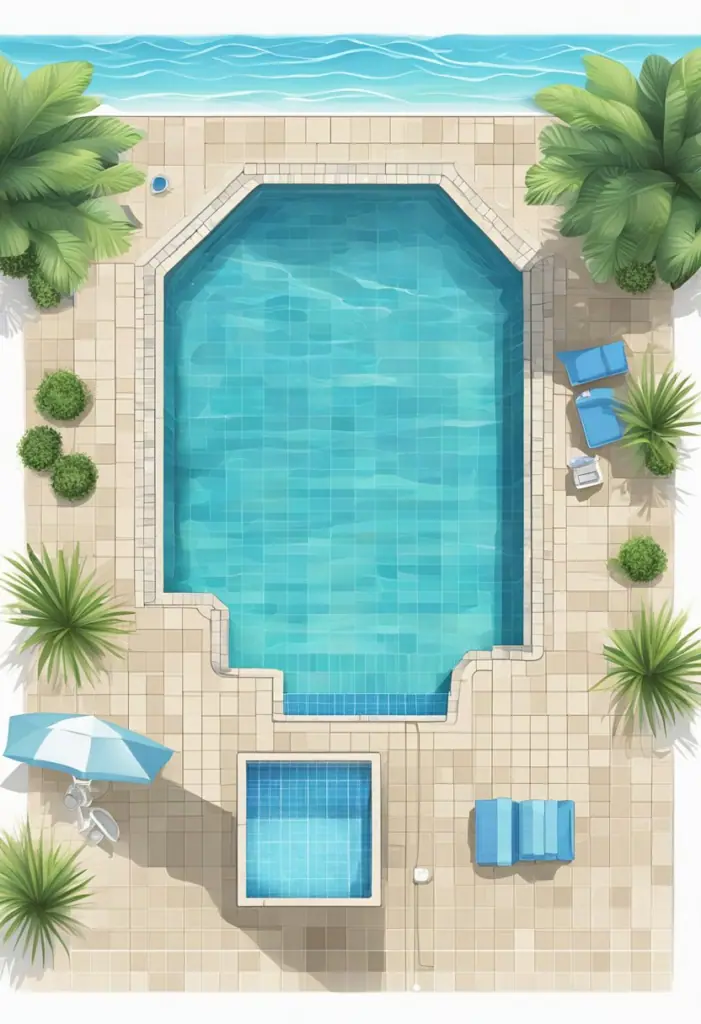


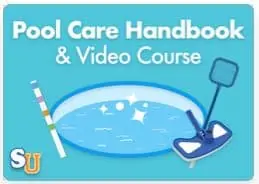



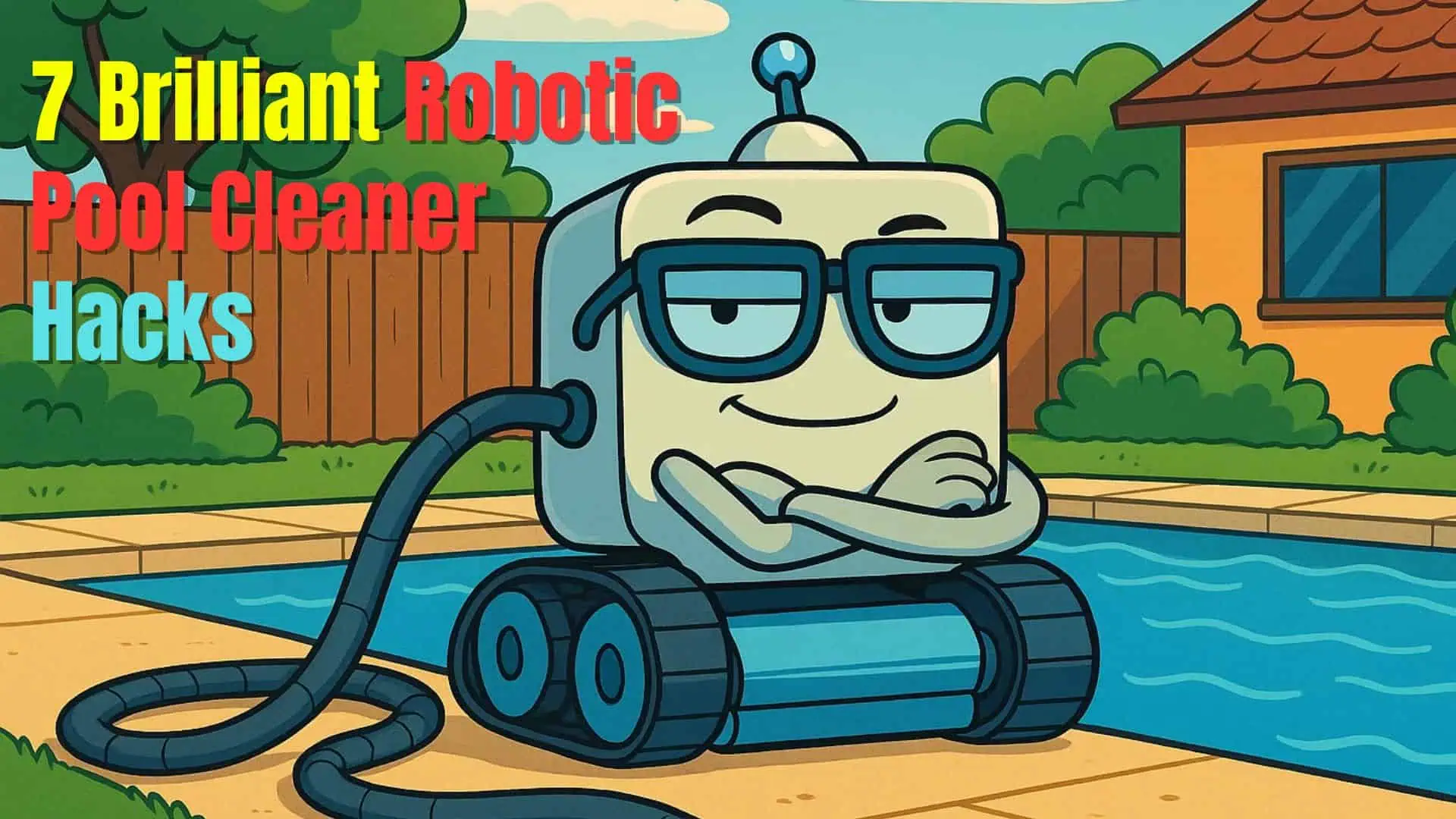
Leave a Reply